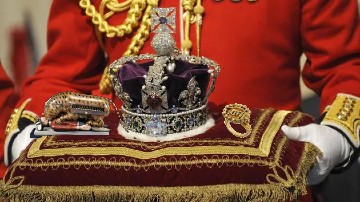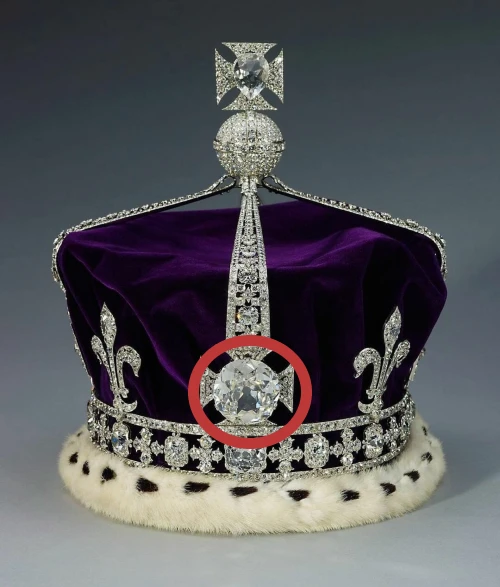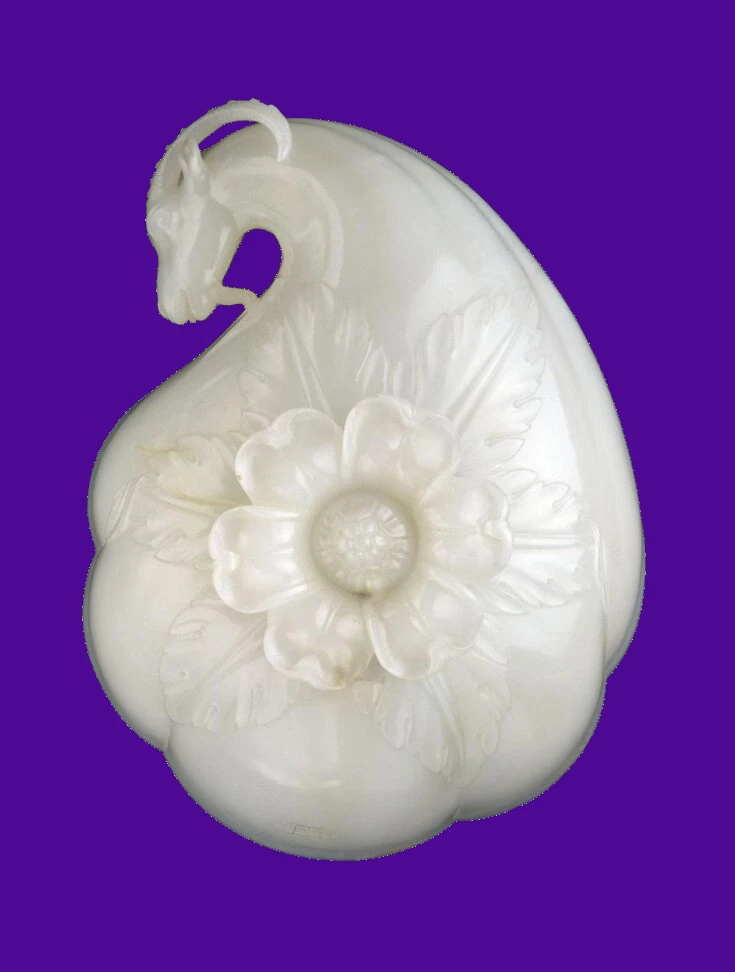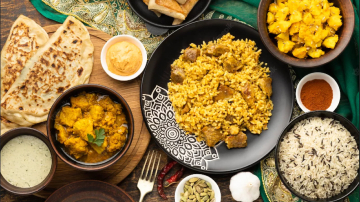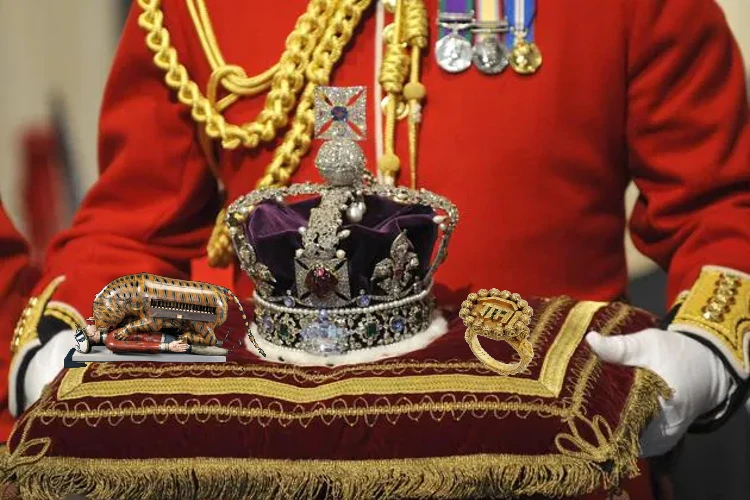
For over two hundred years, Britishers have ruled India and Indian sub-continents. in these years, the influence of two contrasting cultures on each other has changed the course of the future for both the countries.
One of the major influences is the food, but the spices and skills are not the only things Britishers stole from India. Many cultural, artistic, and historical artifacts are currently stored in vaults and museums in England.
Koh-I-Noor
Of all the things looted but brothers, the most popular is the Koh-i-Noor diamond. With 105.6 carats, Koh-I-Noor has a long history tracing back to kings and rulers of India. mined from Kollur Mine, the diamond has rested in Mughal Peacock Throne, under the possession of Ranjit Singh, before transforming into a brooch for Queen Victoria.
The diamond then was reshaped, into the shape it is present in. It now rests in the crown of the British The Queen Mother's Crown, where it rests in the Tower of London.
The Ring of Tipu Sultan
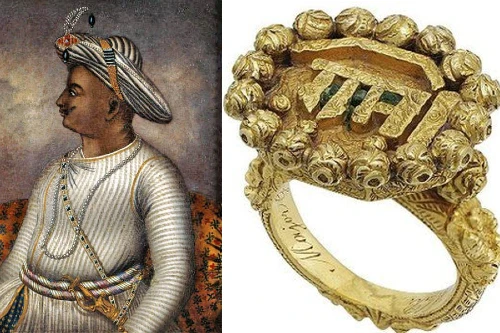
The ring of Tiger of Mysore, inscribed with the name of Lord Rama, was removed from his body after his death by Lord Marquess Wellesley, Duke of Wellington. In 2019, the ring was auctioned by Christie's auction house.
The ring is currently under the possession of an anonymous buyer who purchased the ring from the Christie's auction. The request for the ring to be purchased by the Indian government or philanthropists has been void, as no one so far has come to make the claim.
Wine Cup of Shah Jahan
The fifth ruler of the Mughal empire, Shah Jahan's wine cup is also a looted artifact that lies at the hands of the Britishers. The fine craft, the marvelous designs, and the history of the cup is just a part of the deal that makes this cup unique.
The wine is a unique specimen of Mughal fine arts and excusably lavish life. The jade wine 'cup' is in a shape that resembles a shell, with a ram head. The bottom of the cup is supported by a flower to keep it upright. The cup is available for public display at Victoria and Albert Museum, London.
Other Artifacts:
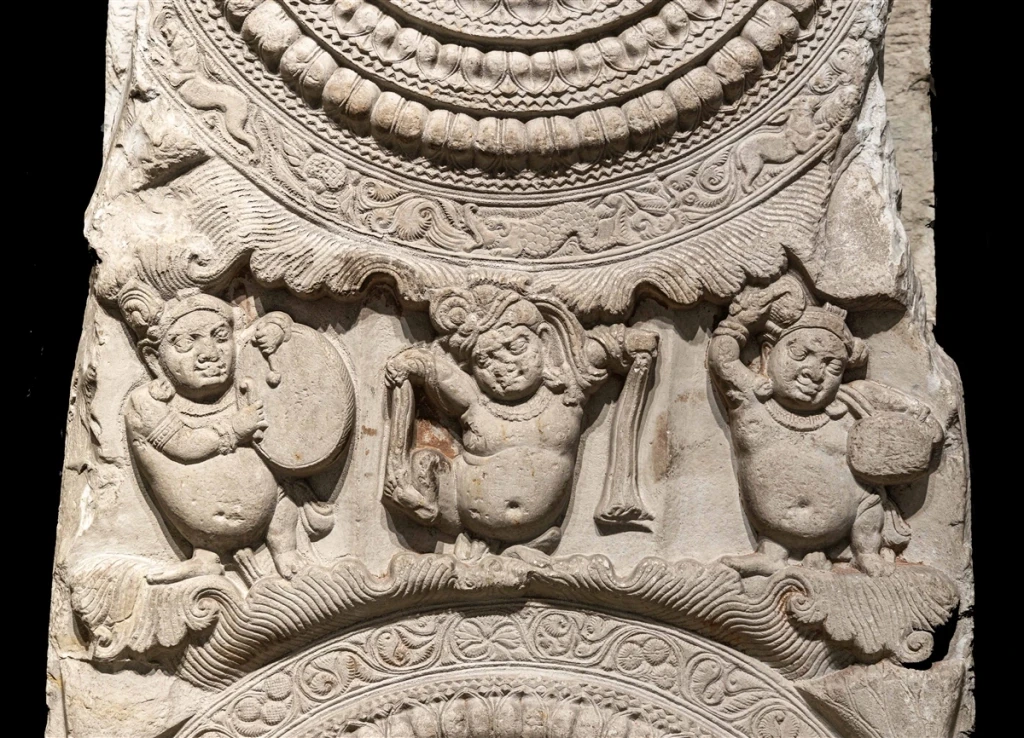
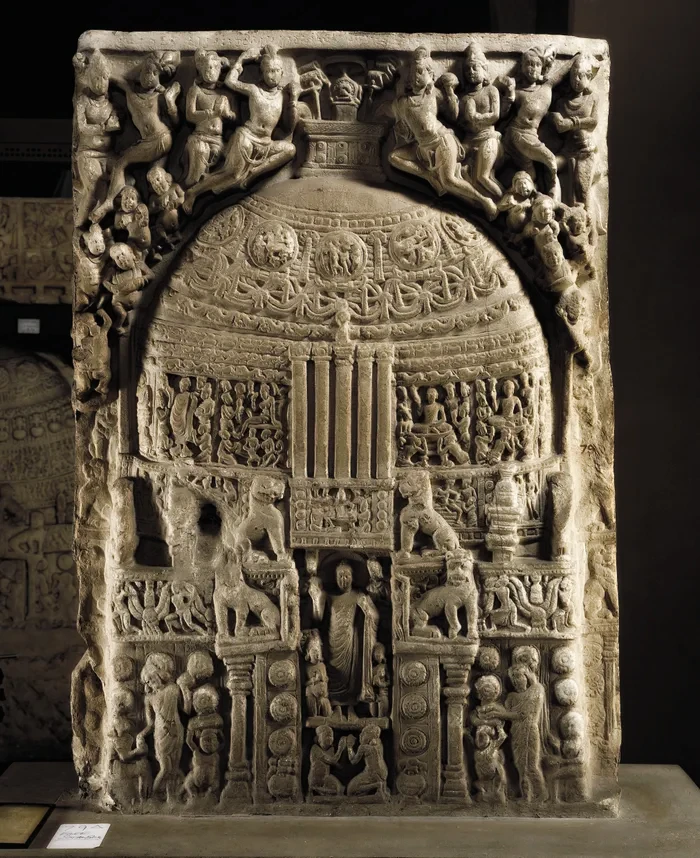
Amaravati Marbles in the British Museum, London, holds a large portion of Indian history with 120 pieces of limestone. These marbles are engraved with many incidents from Indian history and religious changes, including the introduction of Christianity.
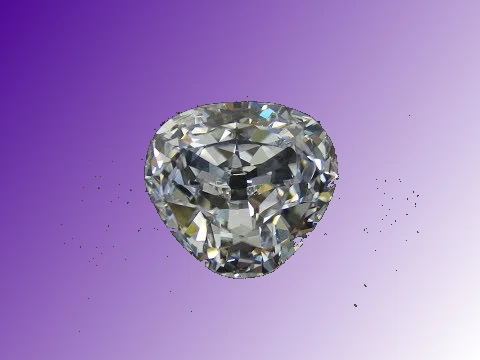
The Nassak Diamond, 15th century in India, was originally the highlight of lord shivas statue, at Trimbakeshwar temple. The diamonds are held at a private museum in Lebanon, after being sold in New York in 1970 to Edward J. Hand.
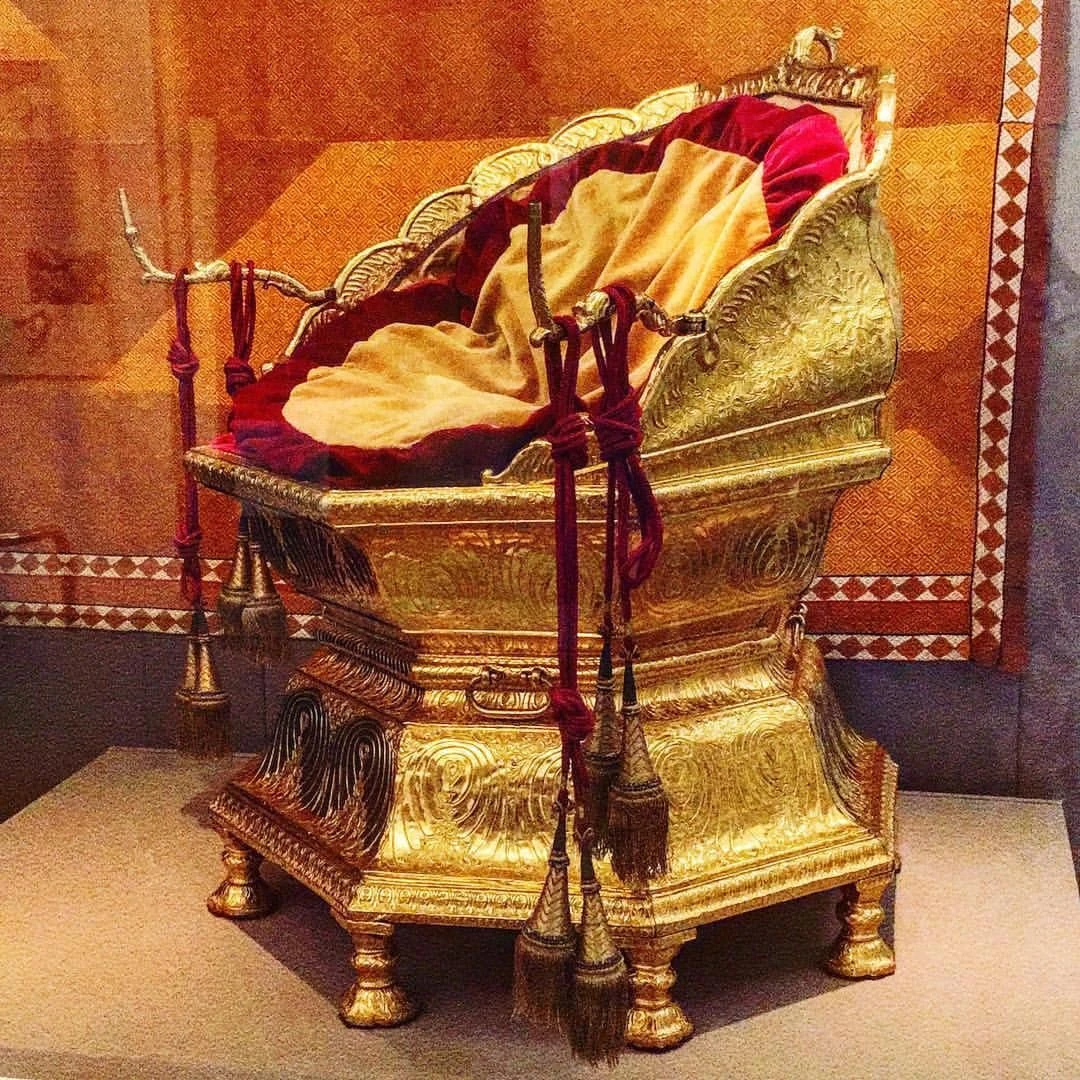 3
3
Maharaja Ranjit Singh’s throne was crafted by goldsmith Hafez Muhammad Multani from 1820 to 1830. As one of the owners of Koh-I-Noor, Raja Ranjit Singh was a fan of luxuries. This Golden octagonal throne is currently a part of the south-Asian collection at Victoria and Albert Museum.

